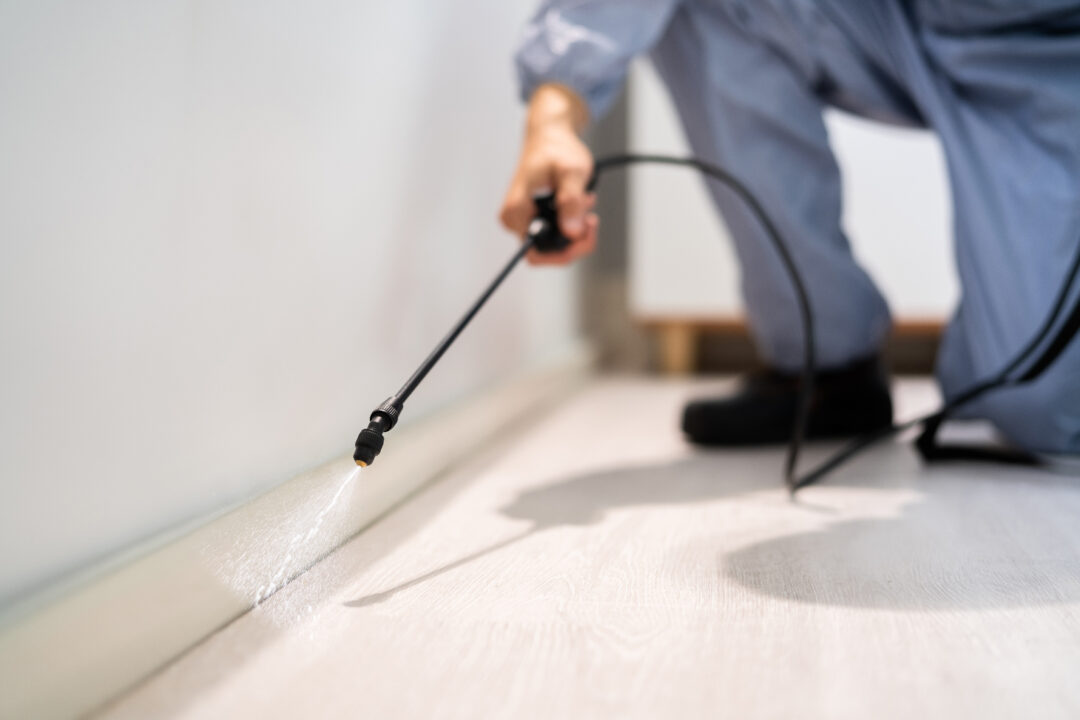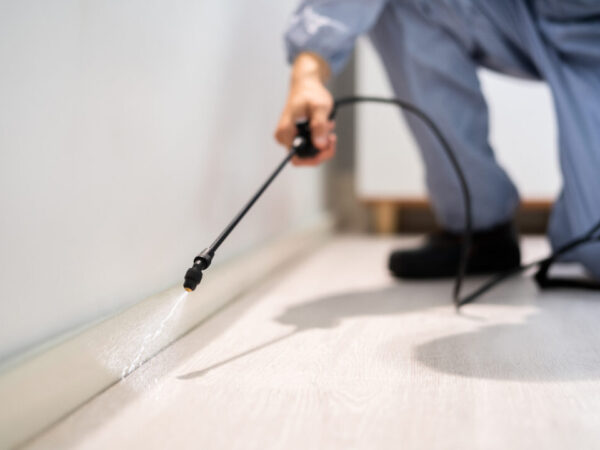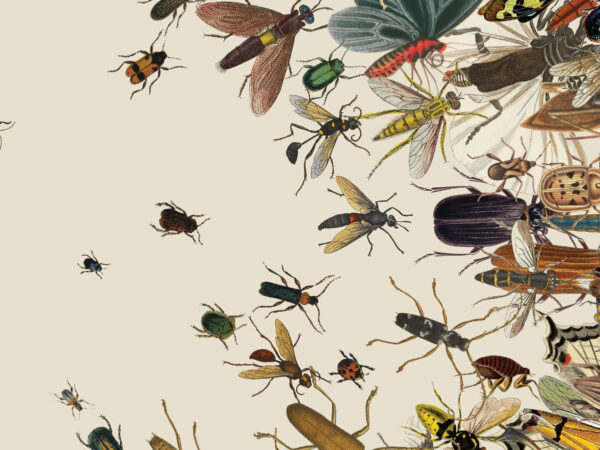The dirtier the house, the more unwelcome guests you will find there. By keeping small move-out items separated and for sale, pests have a nice and messy home: a cluttered, disorganized place where they can find refuge, sources of food, and establish a breeding ground.
Pests are attracted to homes because they offer the ideal environment for inhabitants, and introducing them into our living spaces can create an overcrowded, uncomfortable environment. Cluttered rooms, disorganised storage areas, and dirty spaces all attract pests of many kinds.
Most pest problems can be headed off before they start with smart organization strategies. But when attacks do take place, the key is to seek guidance from pest control professionals to identify and treat the source of the problem, not just the symptoms. Check it out how you can deorganize and follow proper steps to ensure a pest-free home.
What Do We Mean When We Say Organization Is An Art?
The union of practical utility and thoughtful design makes an organization artful. A real organization is more than just a clean-up. It is about designing systems that prevent issues while still being aesthetically pleasing and easy to access.
The creative part is employing how various things go together. Professional organizers know how to design spaces with traffic flow, storage access, and maintenance in mind. They blend beauty with practicality, producing spaces that naturally repel pests.
Artistic organization also involves strategic thinking in all decisions. What you use for storage is also for cleaning, and where you organize is also for storage space; everything must do double duty. The most successful organizational systems are those that do not allow things to pile up, but also make it easier for physical pest sightings and access for maintenance with a cleaned-out system and better visibility.
Tips to Organize Things In Your Home For Pest-Free Space
Smart Storage Solutions
For long-term storage, do away with cardboard boxes and use sealed plastic containers. Cardboard is a source of food and nesting material for a variety of pests, whereas airtight plastic containers deny access altogether. Properly label containers and store them in stacks for easy inspection.
Store things in recessed areas or off the floor. Wall-mounted shelving and overhead storage keep items dry and out of reach of floor-dwelling critters. The regular rotation of things in storage also prevents any forgotten corners that may have a problem from growing to the point where it go unnoticed.
Kitchen Organization Priorities
Ensure all foodstuff is stored in air-tight containers, including pet food and kitchen goods. And even the smallest crumbs will draw ants, cockroaches, and rodents. Glass jars and metal canisters are better than plastic bags at keeping pests out of dry goods.
Keep your pantries and cabinets in order with a little regular inventory readjustment. Get rid of stale goods promptly and clean shelves monthly. A clear view into all storage areas makes it possible to spot issues before they overtake the kitchen.
Clutter Control Systems
Find homes for the items you use most often to avoid leaving them on counters or the floor. Every day, pick-up routines eliminate the clutter that gives pests places to hide. Concentrate on spaces close to water and where food is prepared.
Creating a Pest-Free Future Through Organization
One-time management is not really effective for pest prevention, it is the commitment to organized management that keeps the pests at bay. The plan described above is most effective if incorporated into a family’s daily schedule. Regular care will help to keep little problems from becoming big ones.
Smart storage minimizes hiding places, removes food sources, and makes pest activity easier to see when it does take place. These preventative pest control measures have proven time and time again they be more efficient and cost-effective than treating for established pest infestations. Frequent inspection of an organized space helps you more easily catch any problems that do happen.
And some pest issues are unavoidable without the assistance of an expert, no matter how proactive a company may be. Some more serious, complex infestations, structural concerns, or recurring problems will require expert evaluation and control management. Trained pest management professionals find the source of the problem beyond what an organization can do on its own and offer solutions that are most effective in the long run.





